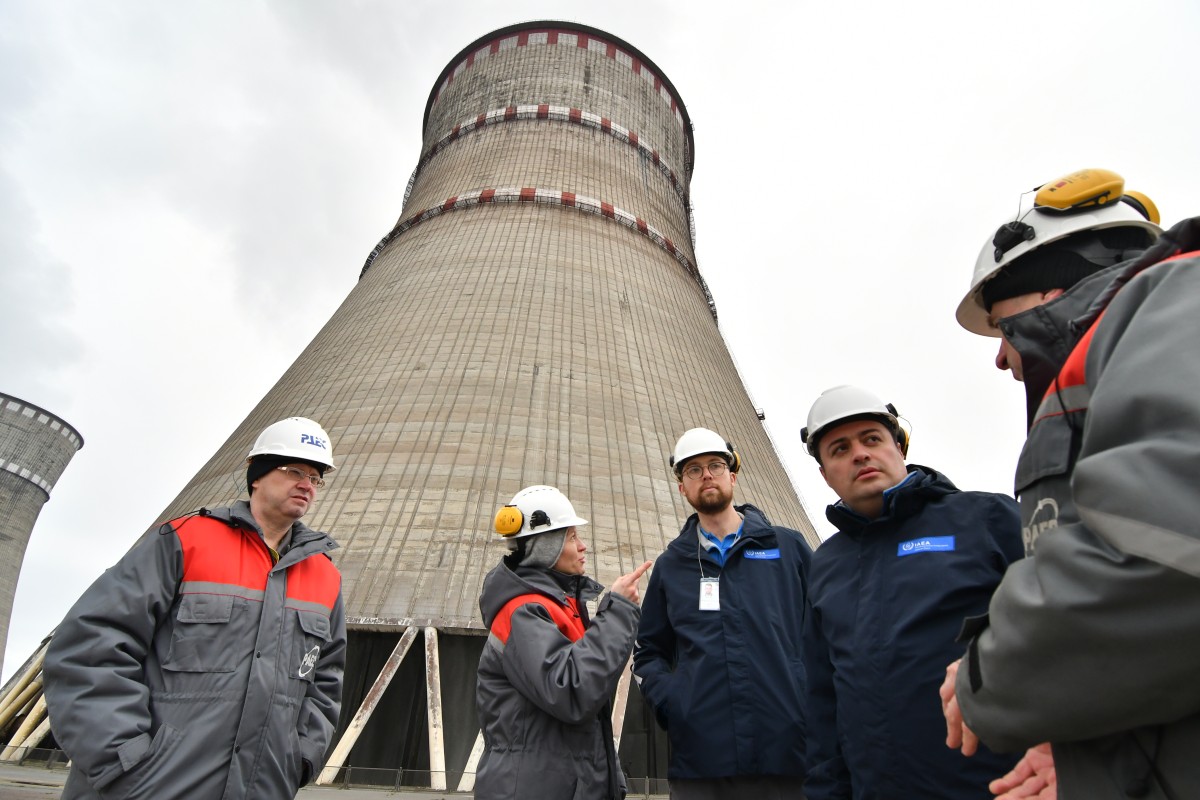Sponsored Content
More than 40 Incidents at Ukrainian Nuclear Power Plants since the Beginning of the War
Since the war in Ukraine began a year ago, the country's nuclear power plants have been affected by more than 40 incidents. Nuclear security in Ukraine is still at a worrying risk. This is according to a report published by the International Atomic Energy Agency (IAEA) in Vienna.
 Officials from Rivne NPP walk down to the water service system with IAEA Support and Assistance Mission in Rivne (ISAMIR). / Picture: © IAEA International Atomic Energy Agency / Photo Credit: Rivne NPP / Flickr Attribution (CC BY 2.0, https://creativecommons.org/licenses/by/2.0/)
Officials from Rivne NPP walk down to the water service system with IAEA Support and Assistance Mission in Rivne (ISAMIR). / Picture: © IAEA International Atomic Energy Agency / Photo Credit: Rivne NPP / Flickr Attribution (CC BY 2.0, https://creativecommons.org/licenses/by/2.0/)
The war in Ukraine is raging on and is starting its second year. The international community is working hard to find a solution to the conflict and prevent any further catastrophes. The International Atomic Energy Agency in Vienna has published a report on the nuclear security situation in Ukraine and acknowledged threats and a worrying interim balance. Constant fighting over nuclear…
or Log In
Fast News Search





